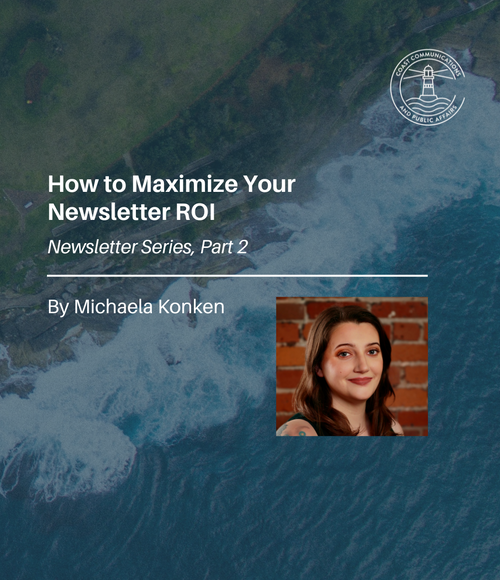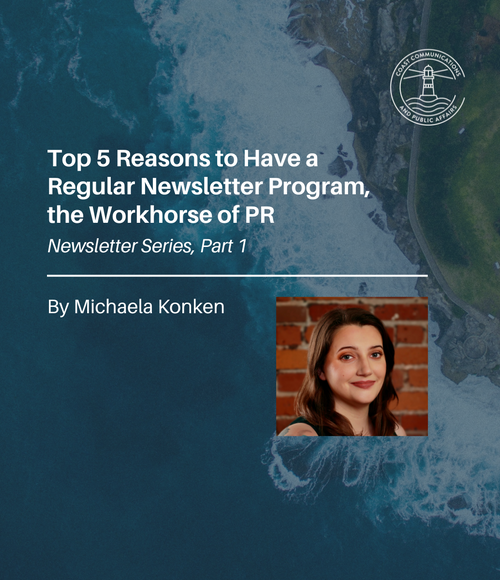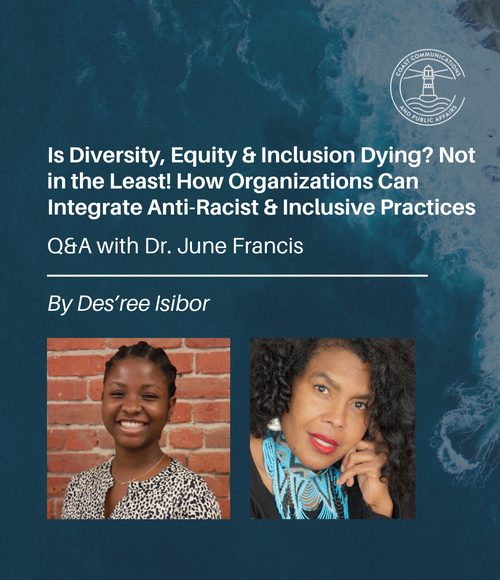While this blog was posted on April 8, 2024 prior to the last federal election, the principles are still relevant today and useful for any organization investing in government relations.
Election season (aka silly season) is quickly approaching. What does this mean for your Public Relations (PR) program? Surely nothing, right? Your business card (if you still have one) says VP of Communications. The election is the problem of the person down the hall in the Government Relations (GR) department.
But is it? If your organization has asks from the government—be they funding, legislative changes, leases you or your sector needs, approvals of any type, or even just general support—and it's election time, it might be time to step up.
Ask yourself: Is there some PR for GR we should be doing to help our organization achieve its goals?
As a former GR professional and Provincial Government Comms Director, I can tell you that successful social media and media relations campaigns move the dial when it comes to getting the government's attention. And that’s PR, which means it’s our time to shine.
What is PR for GR?
Simply put, PR for GR is amplifying your message in public arenas using traditional PR tools and tactics but with a more targeted audience of a government in mind.
It is effective because PR pros are excellent at crafting and distributing messages designed for targeted audiences, regardless of who they are (don’t forget, government is just another audience at the core). Of course, the government is a unique audience that needs a special and often much deeper and nuanced understanding of the issues and context. But the good news is you have (or can get) specialized expert advice on that audience from your in-house or consultant GR team.
As you work collaboratively with those GR teammates, here is some advice on what to consider:
- Mainstream press coverage matters more than trade media
- Government cares about what people are seeing and hearing, and the larger the numbers of people seeing it, the more it matters. GlobalTV/CKNW, The Province/Vancouver Sun/The Post, BiV, CBC (especially in the Interior and North), CHEK, Daily Hive – these all matter more than a trade outlet with 10,000 highly specialized wonks
- But local and regional coverage is key, too
- What do MLAs look at, regardless of stripe or status, sitting government or opposition? The coverage in their ridings! In the event they miss it, their staff (and constituents) there will let them know what matters locally
- Problem.Solution. Benefit.
- Be explicit in your messages, whether they are delivered directly through your owned social media, earned through media coverage or paid through online or analog ads. Think “What’s in It for Me” (or for government, in this case)
- Explain what the problem is. Hint: it should be about something facing real people, and the broader the impact, the better
- Explain what specifically your solution is. Ensure you have it thought through with facts and a business case to back it up
- And of course, highlight how your solution will benefit people (aka voters). Pro tip: it shouldn’t just benefit your organization, shareholders, members or executives. If you have examples of individual people or groups, that is ideal.
- PR should be in service of the GR (at least in this case)
- Ensure you understand your organization’s GR strategy to establish alignment and your communications are appropriately sequenced. Give the government a heads up before you put something out (especially if it is more “pointed”)
- Good PR helps with all audiences
- The bonus of PR for GR is that good messaging and communication will enhance your brand and reputation even if the message is targeted at the government. Content in the public arena will be consumed by a variety of audiences
- Public support can help
- Governments are voted in by the people. Activating public support of your cause and clearly demonstrating that (and reporting back to government) can make a difference
- Petitions. Social media metrics – these all help show the public is on board with what you are asking for (but don’t forget, getting good numbers means effort. Very few things go “viral” on their own)
- Make sure government is seeing your content
- Package the program results and send them to them. Clips. KPI summaries. Collateral materials – track and prep it so GR can politely flag it with government
A bonus reason
- If you still aren’t sold on PR for GR programs, consider this: If you are member-driven organization, your own members will see the content you are creating and it will reinforce the advocacy work you are doing now and all year round. Policy and government relations social posts may get lost in your streams throughout the year, but a concentrated push for a few months before elections can break through and grab the attention of your own members.
There are rules about communicating publicly during the formal election periods or writ periods between the time an election is officially called and the election takes place. Follow the rules and ensure you aren’t the story. Coast Communications and Public Affairs or your in house or external GR consultants can provide more information on the rules to you.
The Coast Communications and Public Affairs has extensive experience developing PR for GR campaigns. We understand governments and elections, having worked on over 30 campaigns between us at all levels of government. We love working collaboratively with government relations teams, internal and external to tell organizations’ stories.



